Faculty News: New Faces at SEAS
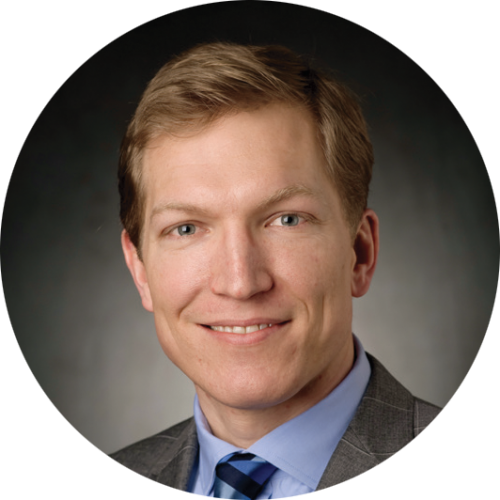
KYLE BISHOP
Associate Professor, Chemical Engineering Postdoctoral Fellow, Harvard University, 2009–10; PhD, Northwestern University, 2009; BS, University of Virginia, 2003
Kyle Bishop’s research seeks to discover, understand, and apply new strategies for directing colloidal matter through self-assembly and self-organization outside of equilibrium to enable nanoscale materials and machines with capabilities rivaling those of living organisms. He previously taught at Penn State University and served as a postdoctoral fellow at Harvard; he plans to teach transport phenomena and colloid science at Columbia.
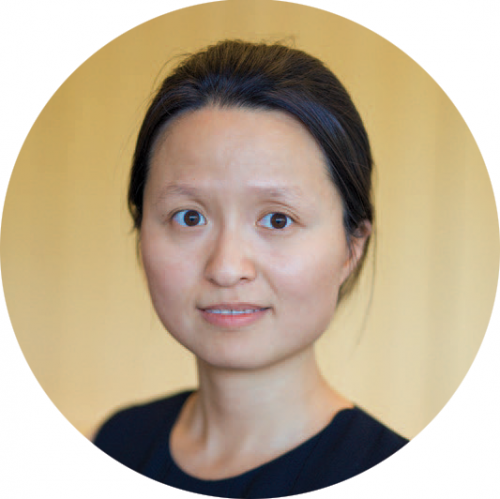
SHARON (XUAN) DI
Assistant Professor, Civil Engineering and Engineering Mechanics Postdoctoral Researcher, University of Michigan–Ann Arbor, 2014–2016; PhD, University of Minnesota, 2014; MA, Tongji University, China, 2008; BS, Tongji University, 2005
Sharon Di specializes in travel behavior analysis and transportation network modeling. Her research aims to understand and model transportation systems that are radically evolving due to the emerging communication and sensing technologies, such as driverless cars. Di is interested in leveraging large data from traffic sensors to understand transformation in travel behavior patterns and help public agencies make efficient and sustainable decisions in transportation planning and management. Shared mobility is one major direction she is pursuing at Columbia. Di teaches Infrastructure Systems Optimization.
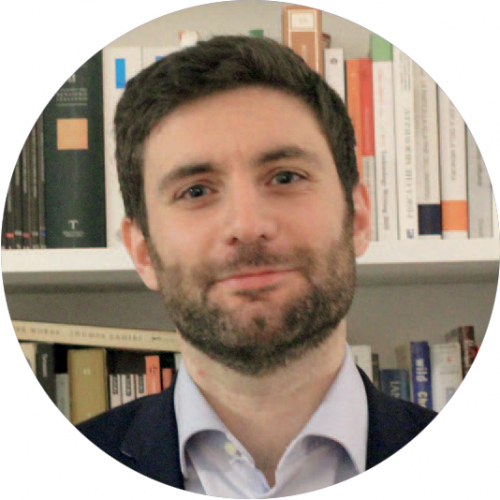
YURI FAENZA
Assistant Professor, Industrial Engineering and Operations Research SNSF Ambizione Fellow, École Polytechnique Fédérale de Lausanne (EPFL), Switzerland, 2015–16; Postdoctoral Fellow, University of Brussels, Belgium, 2014; Postdoctoral Fellow, EPFL, 2012–14; Postdoctoral Fellow, University of Padua, Italy, 2010–12; PhD, University Sapienza of Rome, Italy, 2010; MS, University Tor Vergata of Rome, Italy, 2006
Yuri Faenza specializes in mathematical programming, combinatorial optimization, polyhedral combinatorics, and their applications, including the power and limits of geometric algorithms for solving discrete optimization problems. A former fellow of the Swiss National Science Foundation (SNSF), he will teach courses in all areas of optimization, with an emphasis on discrete optimization.
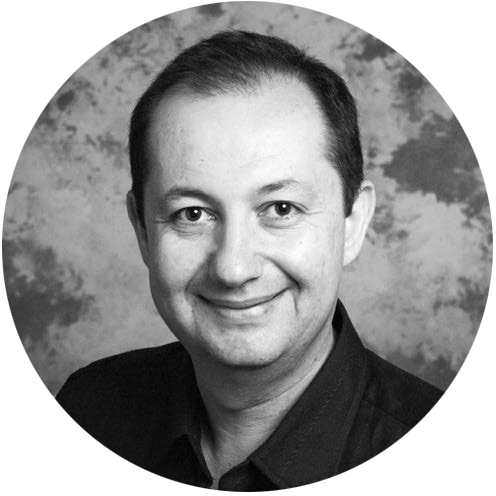
OLEG GANG
Professor, Chemical Engineering and Applied Physics and Applied Mathematics Postdoctoral Rothschild Research Fellow, Harvard University, 2000–2002; PhD, Bar-Ilan University, Israel, 2000; MS, Bar-Ilan University, 1994
Oleg Gang studies how nanosystems can self-assemble components of different types into programmable and rationally designed architectures, particularly for optical and biomedical applications. He also investigates the properties of soft matter on nanoscales and at the interfaces. Prior to joining SEAS, Gang conducted research at Harvard and Brookhaven National Laboratory. Named a 2016 “Inventor of the Year” by Battelle, the global science and technology organization, Gang will teach the course Topics of Soft Matter.
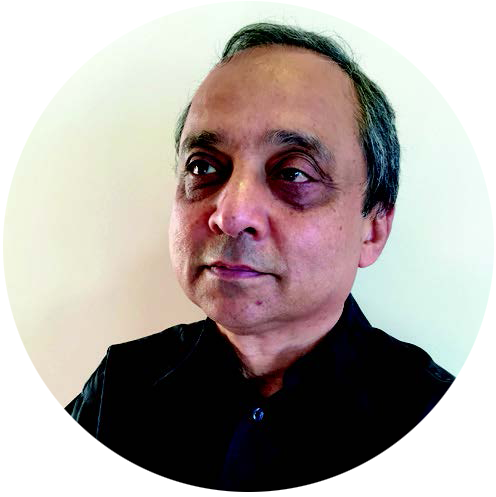
HARDEEP JOHAR
Lecturer in Discipline, Industrial Engineering and Operations Research PhD, New York University, 1994; Fellow in Management, Indian Institute of Management, India, 1989; MA, Birla Institute of Technology and Science, India, 1980
Hardeep Johar has extensive experience in industry, having worked for many years as a quantitative proprietary trader at Deutsche Bank, Credit Suisse, and Morgan Stanley in New York. He was been on the management team of a startup (Peak Strategy) and an advisory board member of another (mSpoke, Inc.). Prior to joining Columbia, Hardeep served as an adjunct professor at the business schools at NYU and Columbia and Fordham Universities. At SEAS, he will teach Data Analytics for Operations Research, Computational Analysis of Social Networks, and Cloud Computing for Business Analytics.
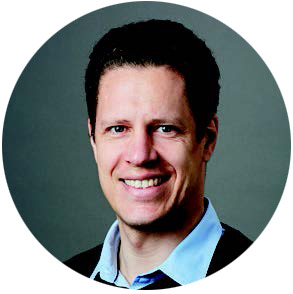
CHRISTOPH JUCHEM
Associate Professor, Biomedical Engineering Postdoctoral Associate, Yale University, 2007; PhD, University of Tübingen, Germany, 2006; MS, University of Bonn, Germany, 2001
Christoph Juchem’s research focuses on the improvement of technology and methods to enhance the clinical potential of magnetic resonance imaging (MRI) and spectroscopy (MRS). The goal of his laboratory is to provide crucial tools to obtain information early in the development of multiple sclerosis and other neurological conditions with dedicated MRI/MRS techniques. He previously taught in the Yale School of Medicine’s departments of diagnostic radiology and neurology and will teach Principles of Magnetic Resonance Imaging.
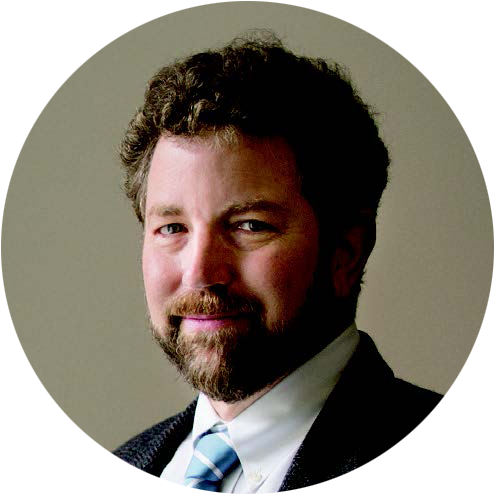
J. THOMAS (TOMMY) VAUGHAN
Professor, Biomedical Engineering PhD, University of Alabama at Birmingham, 1993; BS, Auburn University, 1982
J. Thomas (Tommy) Vaughan is a pioneer in developing ultrahigh field magnetic resonance techniques and technology for biomedical applications including cutting-edge neurological, cardiac, and breast imaging— particularly advancing generation and reception of radio frequency fields and modeling and measurement of the fields in human anatomy. Previously, Vaughan taught at the University of Minnesota and Harvard and conducted research at NASA, Texas Instruments, and Massachusetts General Hospital.
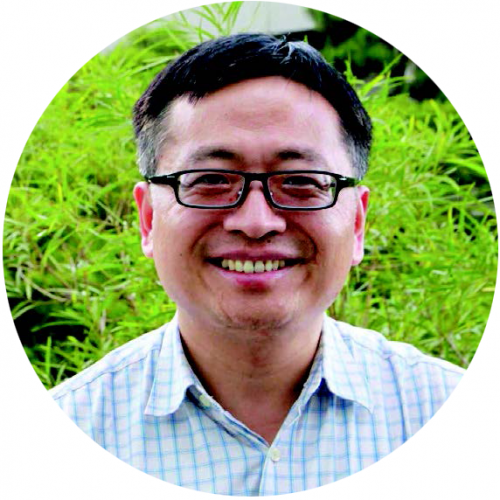
XUNYU ZHOU
Liu Family Professor, Industrial Engineering and Operations Research Postdoctoral Fellow, University of Toronto, Canada, 1993; Postdoctoral Fellow, Kobe University, Japan, 1991; PhD, Fudan University, China, 1989; BS, Fudan University, 1984
Xunyu Zhou’s research interests include financial engineering, stochastic control, applied probability, and mathematical behavioral finance. A fellow of IEEE and of SIAM who has published extensively and garnered numerous honors, Zhou previously taught at the Chinese University of Hong Kong and the University of Oxford. At Columbia, he will teach Continuous Time Models in Financial Engineering.
Appointments to Endowed Professorships
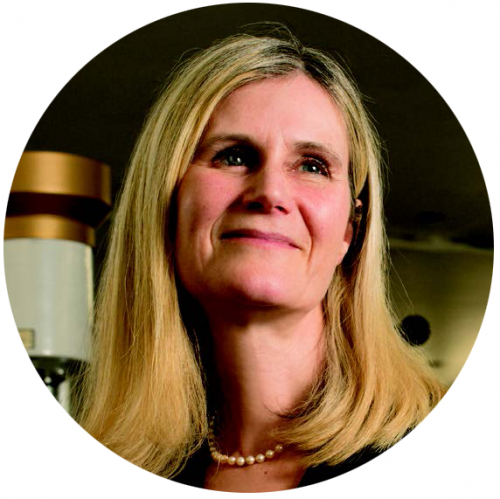
PATRICIA J. CULLIGAN
Robert A. W. and Christine S. Carleton Professor of Civil Engineering Civil Engineering and Engineering Mechanics
Patricia Culligan is a leader in the field of water resources and urban sustainability who explores interdisciplinary solutions to the challenges of urbanization, with a particular emphasis on New York City. The Carleton Chair was established by Mrs. Carleton in honor of her husband, Robert A. W. Carleton, an alumnus, Class of 1904, and a well-known civil engineer and a strong supporter of the School.

IRVING P. HERMAN
Edwin Howard Armstrong Professor of Applied Physics Applied Physics and Applied Mathematics
Irving Herman’s research focuses on optical physics, materials physics, and nanoscience. The Armstrong Chair was established by the University Trustees to honor noted alumnus (Class of 1913) and faculty member Edwin Howard Armstrong, who designed wide-band frequency modulation (FM) radio and invented three electronic circuits fundamental to modern radio, television, and radar.

PETER KINGET
Bernard J. Lechner Professor of Electrical Engineering Electrical Engineering
Peter Kinget’s research combines device, circuit, signal processing, and system insights to develop new concepts for designing analog and radio-frequency integrated circuits that connect the physical, analog world to the digital world of computing. The Bernard J. Lechner Chair was established with a bequest from Bernard J. Lechner BS’57, an alumnus and electronics engineer who made major contributions to the development of digital displays, including inventing the active matrix liquid crystal display (LCD).

ELISA E. KONOFAGOU
Robert and Margaret Hariri Professor of Biomedical Engineering Biomedical Engineering and Radiology
Elisa Konofagou is working on revolutionary ultrasound imaging and therapeutic ultrasound techniques to assess the elasticity of tissues such as the heart, vessels, and breast tumors for noninvasive detection of disease and therapy, respectively. The Hariri Chair was established in 2014 by Robert Hariri, MD, PhD, and Margaret Meade-Hariri. Dr. Hariri is an alumnus (1980) of Columbia College; and founded Celgene Cellular Therapeutics, cofounded Human Longevity, Inc., and founded Cellularity. Mrs. Hariri, a trustee of the Overlook Medical Center Foundation Board in Summit, NJ, is the president of the Hariri Family Foundation.
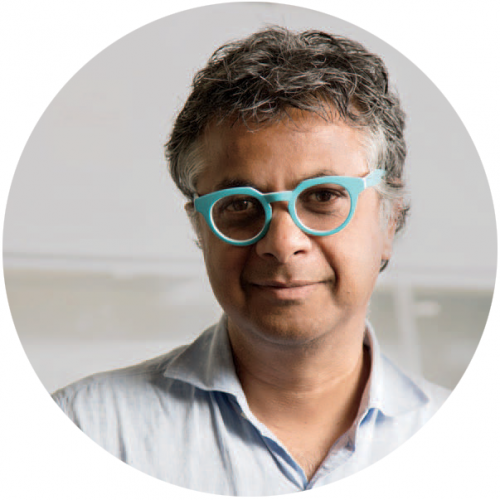
SANAT KUMAR
Bykhovsky Professor of Chemical Engineering Chemical Engineering
Sanat Kumar’s research focuses on the organization of nanoparticles in a range of matrices with the goal of making transformative improvements in a variety of applications, from the creation of membranes for the efficient separation of gases and ions to the creation of biomimetic materials, that serve fields such as transportation, buildings, and energy storage. The Bykhovsky Chair was established by Michael Bykhovsky BS’83, who founded Applied Financial Technology, a mortgage analytics company. Bykhovsky is a member of the Columbia Engineering Board of Visitors and a founding member of the Columbia Engineering Entrepreneurship Advisory Board.
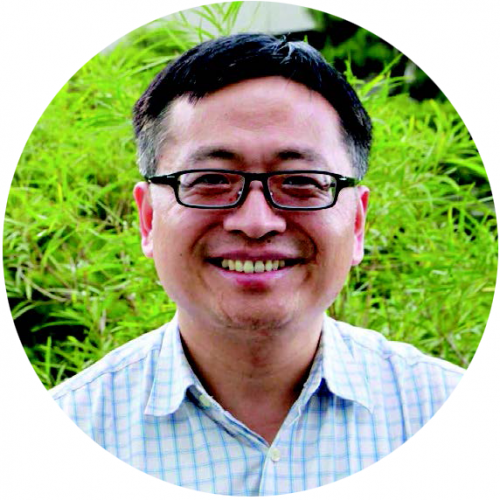
XUNYU ZHOU
Liu Family Professor of Industrial Engineering and Operations Research Industrial Engineering and Operations Research
Xunyu Zhou is recognized as a leader in mathematical finance, having developed the mathematical theory of behavioral finance, a relatively new field that his seminal research underpins. Ms. Yan Cheung and Mr. Ming Chung Liu, founders of Nine Dragons Paper Holdings, Ltd., the largest producer of containerboard products in China, endowed the Liu Family Professorship.
Promotion to Full Professor
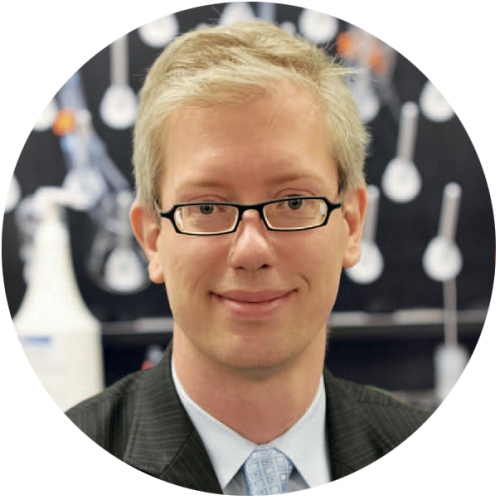
HENRY HESS
Biomedical Engineering
Henry Hess’s primary research interest is nanobiotechnology, in particular hybrid nanodevices and materials merging biological and synthetic building blocks. Creative approaches to the design of such devices draw from chemistry, biotechnology, microfabrication, biology, and engineering. His work is at the molecular scale, in particular the design of active nanosystems incorporating biomolecular motors, the study of active selfassembly, and the investigation of protein-resistant polymer coatings. Hess joined Columbia Engineering in 2009 from the University of Florida’s Department of Materials Science and Engineering. He serves as the editor-in-chief of the IEEE Transactions on NanoBioscience.
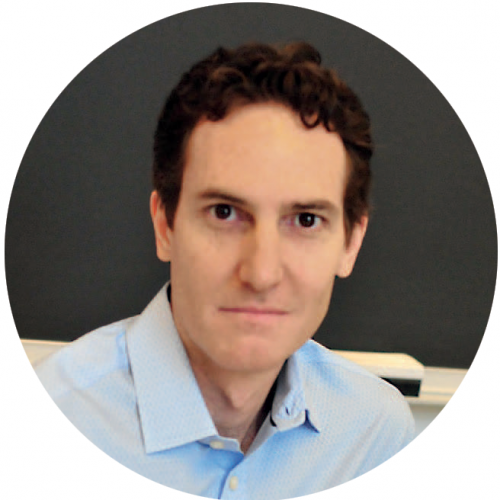
BARCLAY MORRISON III
Biomedical Engineering
Barclay Morrison aims to understand the consequences of mechanical forces on the brain and to develop strategies to mitigate, and ultimately reverse, these injurious effects. His research explores the specific cellular, molecular, and metabolic effects of injury on brain cells in response to precisely controlled biomechanical stimuli. His Neurotrauma and Repair Laboratory focuses on three main areas: the improvement of prevention strategies through development of critical biomechanical data for the living brain, the identification of novel treatment options by understanding the post-traumatic pathobiology in greater detail, and engineering of new research tools to enhance studies in prevention strategies and treatment options. Morrison, who also serves as vice dean of undergraduate programs at the School, joined Columbia Engineering in 2003 from the Division of Clinical Neurosciences at the University of Southampton.
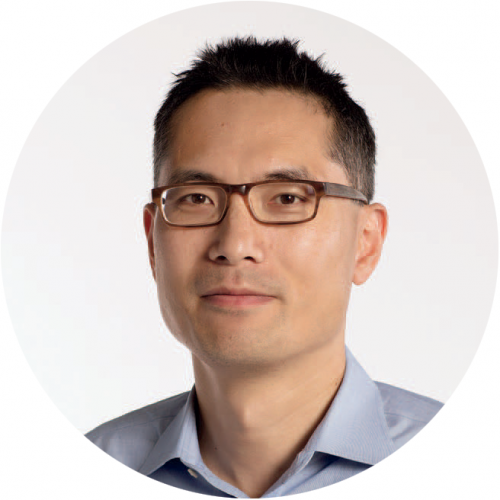
SAMUEL SIA
Biomedical Engineering
Samuel Sia specializes in microfluidics for point-of-care diagnostics and therapeutics. His research lab focuses on using microfluidics—the manipulation of small amounts of fluids—to improve patient health. Sia’s lab recently developed a low-cost smartphone accessory that can perform a point-of-care test that simultaneously detects three infectious disease markers from a finger prick of blood in just 15 minutes. This innovation builds on earlier research from Sia’s lab—so-called lab-on-a-chip technology that uses microfluidics to miniaturize and automate routine laboratory tests onto a handheld microchip. Additional major interests of Sia’s lab are cell therapy, implantable devices, and biomaterials. A serial entrepreneur, Sia, who also is faculty co-director of entrepreneurship at the School, is cofounder of incubator Harlem Biospace and founder of Claros Diagnostics, a VC-backed company acquired by OPKO Health in 2011. His research has been supported by the NIH, NSF, USAID/Gates Foundation, Wallace H. Coulter Foundation, American Heart Association, and World Health Organization.
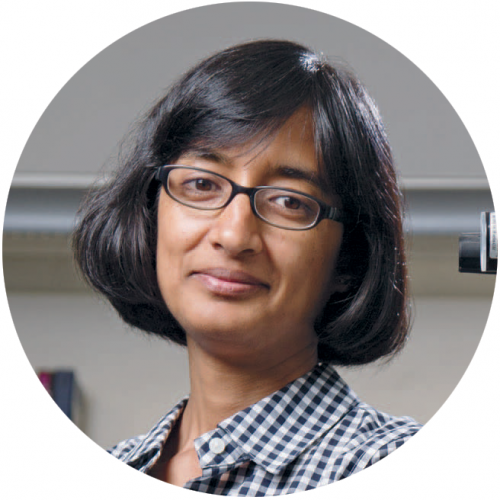
LATHA VENKATARAMAN
Applied Physics and Applied Mathematics
In Latha Venkataraman’s lab, the focus is measuring fundamental properties of single-molecule devices, aiming to understand the interplay of physics, chemistry, and engineering at the nanometer scale. Venkataraman and her lab fabricate single-molecule circuits, containing a molecule attached to two electrodes, with varied functionality, where the circuit structure is defined with atomic precision. They measure how electronic conduction and single bond breaking forces in these devices relate not only to the molecular structure but also to the metal contacts and linking bonds. Their experiments provide a deeper understanding of the fundamental physics of electron transport, while laying the groundwork for technological advances at the nanometer scale. Under the direction of Venkataraman, researchers recently designed a new technique to create single-molecule diodes that perform 50 times better than all prior designs. Venkataraman is the recipient of an NSF CAREER Award, a Packard Fellowship for science and engineering, and an Alfred P. Sloan Fellowship in chemistry.
Promotion to Tenure
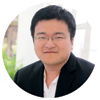
XI CHEN
Associate Professor, Computer Science
Xi Chen specializes in algorithmic game theory/economics and complexity theory. He examines algorithmic issues related to some of the most classic and fundamental models and solution concepts in game theory and economics. He earned his BS in physics/mathematics and PhD in computer science from Tsinghua University in 2003 and 2007, respectively. Before joining SEAS in 2011, he was a postdoctoral researcher at IAS, Princeton University, and USC. He received an NSF CAREER Award, a Sloan research fellowship, and a Presburger Award bestowed by the European Association for Theoretical Computer Science.
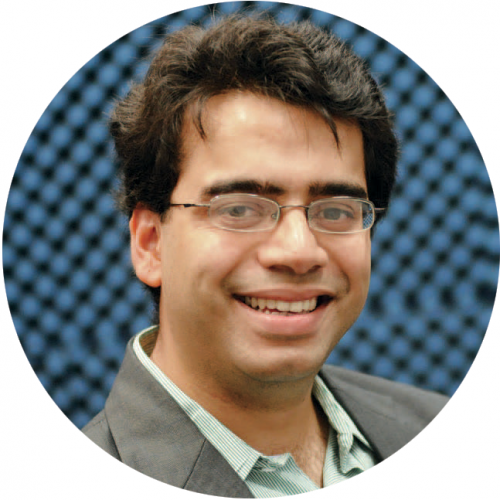
HARISH KRISHNASWAMY
Associate Professor, Electrical Engineering
Harish Krishnaswamy researches integrated devices, circuits, and systems for a variety of RF and mmWave applications. In 2015, a Columbia Engineering research team, led by Krishnaswamy, was the first to invent a technology—full-duplex radio integrated circuits (ICs)—that can be implemented in nanoscale CMOS to enable simultaneous transmission and reception at the same frequency in a wireless radio. That system required two antennas, one for the transmitter and one for the receiver. Most recently, the team developed a breakthrough technology that needs only one antenna, thus enabling an even smaller overall system, marking the first time researchers have integrated a nonreciprocal circulator and a full-duplex radio on a nanoscale silicon chip. Krishnaswamy directs the Columbia high-Speed and Mm-wave IC (CoSMIC) Lab and serves as a member of the Technical Program Committee of several conferences, including the IEEE RFIC Symposium.
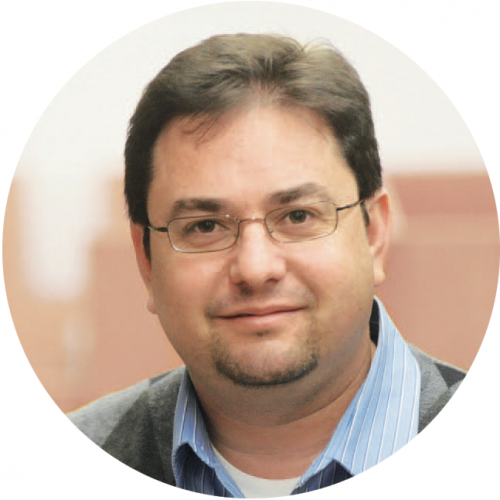
HAIM WAISMAN
Associate Professor, Civil Engineering and Engineering Mechanics
Haim Waisman’s research specialty is in computational solid and fracture mechanics with an emphasis in extended finite element methods (XFEM). XFEM allows one to model discontinuities without remeshing the computational domain. He also is interested in developing novel multiscale/multigrid techniques aimed at bridging the length and time scales to better understand material behavior from the nanoscale to the macroscale. He is the recipient of the Department of Energy Early Career Award (2012) and the EMI Leonardo Da Vinci Award (2014) from the Engineering Mechanics Institute of ASCE.
Promotion to Associate Professor
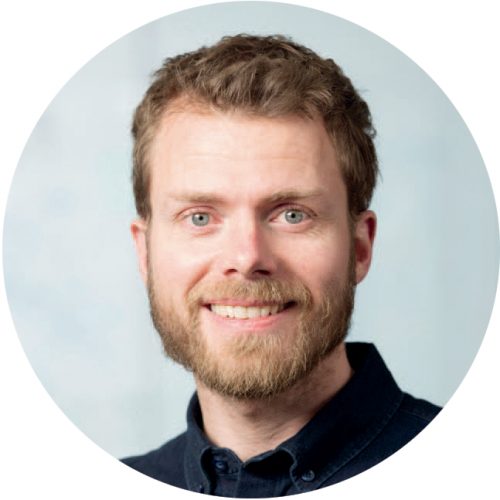
PIERRE GENTINE
Earth and Environmental Engineering
Pierre Gentine is working on land-atmosphere interactions, convection-clouds, and surface hydrology using conceptual models, numerical models, and a wide range of data analysis tools. His overall research objective is to understand how soil and atmospheric moisture organizes across different spatial and temporal scales and, in particular, how the interactions with the atmosphere, vegetation, and landscape constrain this organization. Gentine is the recipient of a National Science Foundation CAREER Award, DOE Early Career Research grant, and NASA New Investigator Program grant.
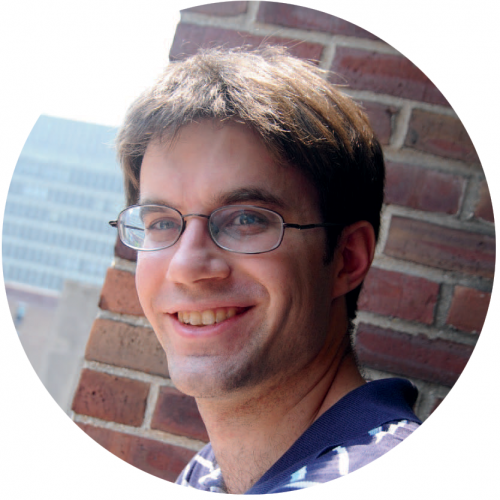
JOHN WRIGHT
Electrical Engineering
John Wright develops tools for sensing and analyzing signals and images. His work shows how to use “low-dimensional” signal models to compute correctly and efficiently with unreliable information—including noisy, incomplete, and even grossly corrupted observations. These tools have been widely applied in various areas of science and engineering. At Columbia, Wright and collaborators have used these tools to develop new lower-power sensors, new image recognition tools that cope with occlusion and disguise, and new analysis tools for identifying basic motifs in microscopy data. A key technical tool in his work is numerical optimization—in particular, several recent advances have been driven by the observation that certain seemingly challenging “nonconvex” optimization problems can actually be solved globally using efficient algorithms.
Promotion to Senior Lecturer

JAE WOO LEE
Computer Science
Jae Woo Lee, who earned his MS and PhD from the Engineering School in 2004 and 2012 respectively, joined SEAS as an instructor in computer science in 2008 and taught Advanced Programming. He specializes in computer science education, networks, software engineering, and cloud computing and serves as the director of undergraduate studies for the Department of Computer Science for Barnard, Columbia College, and the School of General Studies. A recipient of several teaching awards, Lee this year was recognized by the Columbia Engineering Alumni Association with a Distinguished Faculty Teaching Award. Prior to joining the Engineering School, he worked as a programmer, a consultant, and an entrepreneur, primarily in the financial sector.
NSF Career Award Winners
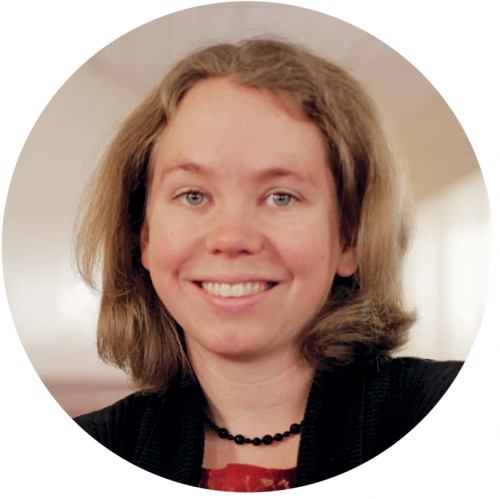
ALLISON BISHOP
Assistant Professor of Computer Science
Bishop, a member of the Data Science Institute, is developing tools to share and protect sensitive information as threats to personal privacy and data security grow in the big data era. She is looking specifically at integrating recent advances in lattice cryptography with her headway in designing security reductions in order to provide strong arguments for the security of highly flexible and customizable cryptographic systems. Flexibility is a key challenge, and Bishop hopes to build secure cryptographic systems that can accommodate various levels of access to data, thus allowing different people to access different data within the same data source. She will also use the grant to provide an entry point and training ground for emerging young scientists of all ages, including elementary school children, for whom she is writing a book that uses an interactive, fantasy format to introduce mathematical reasoning.
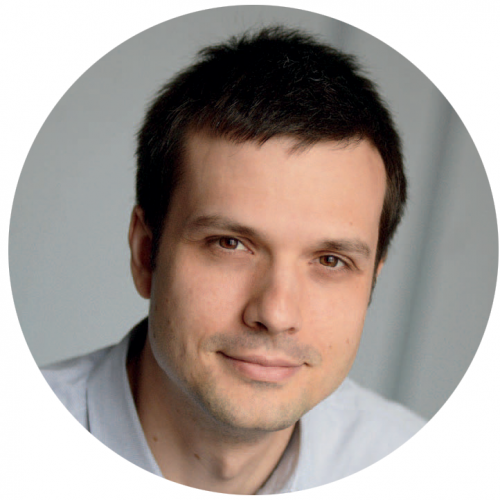
MATEI CIOCARLIE
Assistant Professor of Mechanical Engineering
Also a recipient of a 2016 Sloan Research Fellowship, Ciocarlie focuses on developing versatile manipulation and mobility in robotics designed for unstructured environments, building dexterity into reliable robotic hands that combine mechanical and computational intelligence and utilize tactile, proprioceptive, and range sensing. He will use the CAREER award to explore the science of manipulation for better tools assessing methods and mechanisms for planning and executing manipulation tasks, integrating solutions in hardware and software. By optimizing hand designs with planning and control algorithms and combined quality metrics, Ciocarlie aims to advance manipulation and mobility in novel robotics that are ready for use after assembly and preprogrammed for a wide range of useful tasks. His Robotic Manipulation and Mobility Lab is working on technology for a range of everyday applications, from innovative automation in manufacturing to assistive and rehabilitative robotics in health care.

PIERRE GENTINE
Earth and Environmental Engineering
Pierre Gentine is working on land-atmosphere interactions, convection-clouds, and surface hydrology using conceptual models, numerical models, and a wide range of data analysis tools. His overall research objective is to understand how soil and atmospheric moisture organizes across different spatial and temporal scales and, in particular, how the interactions with the atmosphere, vegetation, and landscape constrain this organization. Gentine is the recipient of a National Science Foundation CAREER Award, DOE Early Career Research grant, and NASA New Investigator Program grant.
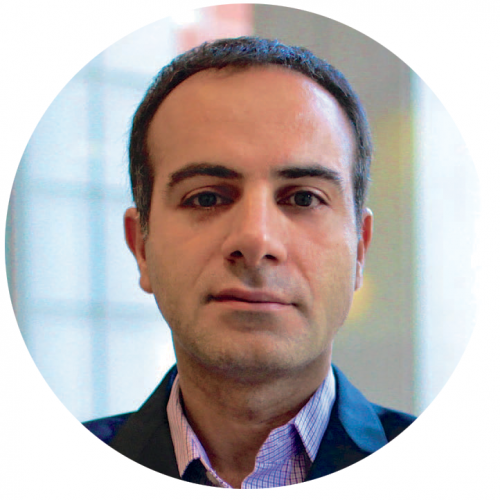
NIMA MESGARANI
Assistant Professor of Electrical Engineering
Head of the Neural Acoustic Processing Lab, Mesgarani identifies and models the representational and computational characteristics of brain regions involved in naturalistic speech communication, unlocking the underlying neurophysiological mechanisms. His interdisciplinary approach incorporates theoretical and experimental techniques in invasive and noninvasive procedures, neural network models for speech processing, and computational neuroscience for work advancing artificial intelligence, neurolinguistics, systems neuroscience, and translational medicine. Mesgarani’s CAREER project involves computational modeling of neural networks to create a coherent theoretical and mathematical framework to understand the computational role of distinctive features of biological networks, their contribution to robust signal representations, and how to model and integrate them into current artificial neural networks. These new bio-inspired models and algorithms will have adaptive and cognitive abilities, will better predict experimental observations, and will advance understanding of how the brain processes speech. As the models’ performance approaches human abilities in tasks mimicking cognitive functions, the models will enable even more realistic experiments in the future.
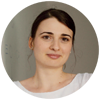
ROXANA GEAMBASU
Assistant Professor of Computer Science
Geambasu, also a member of the Data Science Institute, works to identify the security and privacy risks inherent in current mobile and Web technology and practice and to construct systems to address emerging threats. Her research spans security and privacy concerns across broad areas of systems research, operating systems, and databases, integrating cryptography, machine learning, distributed systems, database principles, and operating systems techniques. Working collaboratively to design, build, and evaluate interdisciplinary solutions for today’s data privacy challenges, Geambasu has devoted much of her current research to emerging technologies like cloud computing, mobile devices, and big data, developing what she calls “a new model for privacy” for more transparency and accountability for how billions of users’ sensitive data is collected and mined. She envisions a Web environment where users are more aware of the privacy consequences of their online actions and can practice responsible data management by making informed decisions about the services they choose.
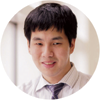
DANIEL HSU
Assistant Professor of Computer Science
Hsu develops machine learning algorithms that have been used in automated language translation, personalized medicine, and privacy transparency systems. His work has produced the first computationally efficient algorithms for several statistical estimation tasks (including many involving latent variable models), provided new algorithmic frameworks for solving interactive machine learning problems, and led to the creation of scalable tools for machine learning applications. Hsu helped develop an active learning method that was later applied to electrocardiograms, greatly reducing the amount of training data needed. His work on hidden Markov models has been applied in genomics to understand the role of gene regulation in disease and how the chromatin packaging of a cell’s DNA may be implicated. More recently, Hsu, who is a member of the Data Science Institute, helped develop a tool to bring greater transparency to how personal data is used on the Web.
